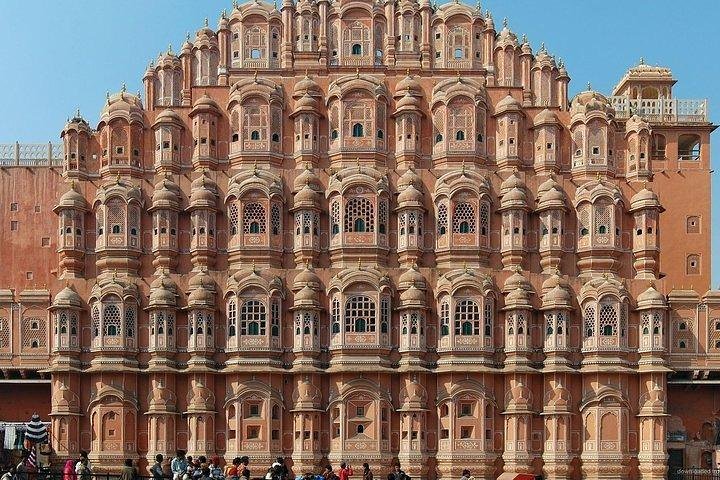Unveiling the Soul of Rajasthan: A Journey Through Jaipur’s Timeless Heritage
Drawn by the allure of Rajasthan’s rich cultural tapestry, I embarked on a journey to Jaipur, eager to immerse myself in its history and traditions. What unfolded was a day of discovery, where the past and present danced in harmony.
The Journey to the Pink City
As the first rays of dawn broke over Delhi, I found myself embarking on a journey that promised to be a tapestry of colors, history, and culture. The drive to Jaipur, often referred to as the Pink City, was a prelude to the vibrant experiences that awaited me. The road stretched ahead, a ribbon of anticipation, as I pondered the stories and traditions that have shaped this region over centuries.
Upon arrival, the city greeted me with its characteristic pink-hued buildings, a color that symbolizes hospitality. My guide, a local historian with a passion for storytelling, met me with a warm smile. His knowledge was not just academic; it was a living, breathing connection to the past. As we made our way to the Amber Fort, I was struck by the fort’s imposing presence, perched majestically on a hill. The climb to the top was a journey through time, each step echoing with the whispers of history.
A Dance of Light and Shadow
The Amber Fort, with its intricate architecture and the famed Sheesh Mahal, or Palace of Mirrors, was a marvel of artistry. As sunlight filtered through the tiny mirrors, the hall transformed into a kaleidoscope of reflections, a dance of light and shadow that seemed to capture the essence of Rajasthan itself. It was here that I felt the pulse of the past, a reminder of the grandeur and opulence that once defined the region.
Our next stop was the Jal Mahal, the Water Palace, which seemed to float serenely on the Man Sagar Lake. A brief pause for lunch at a local eatery introduced me to the flavors of Rajasthan, a culinary journey that was as rich and diverse as the land itself. The spices, the aromas, and the vibrant colors of the dishes were a feast for the senses, a testament to the region’s culinary heritage.
The Tapestry of Time
The afternoon unfolded with visits to the City Palace and the Jantar Mantar, each site a thread in the rich tapestry of Jaipur’s history. The City Palace, with its blend of Rajasthani and Mughal architecture, was a living museum, a testament to the artistic and cultural fusion that defines the region. The Jantar Mantar, a UNESCO World Heritage Site, was a marvel of scientific ingenuity, a stone observatory that has drawn mathematicians and astronomers from around the world.
As the day drew to a close, we made a final stop at the Hawa Mahal, the Palace of Winds. Its façade, with its intricate latticework, was designed for the royal ladies to observe the vibrant street life below without being seen. It was a fitting end to a day that had been a journey through the layers of time, a day that had deepened my understanding of Rajasthan’s cultural heritage.
Reflecting on the experience, I realized that this journey was more than just a tour; it was an immersion into the soul of Rajasthan. The stories, the art, and the history had woven themselves into my own narrative, leaving me with a profound appreciation for the beauty and complexity of this remarkable region. Jaipur Tour













































